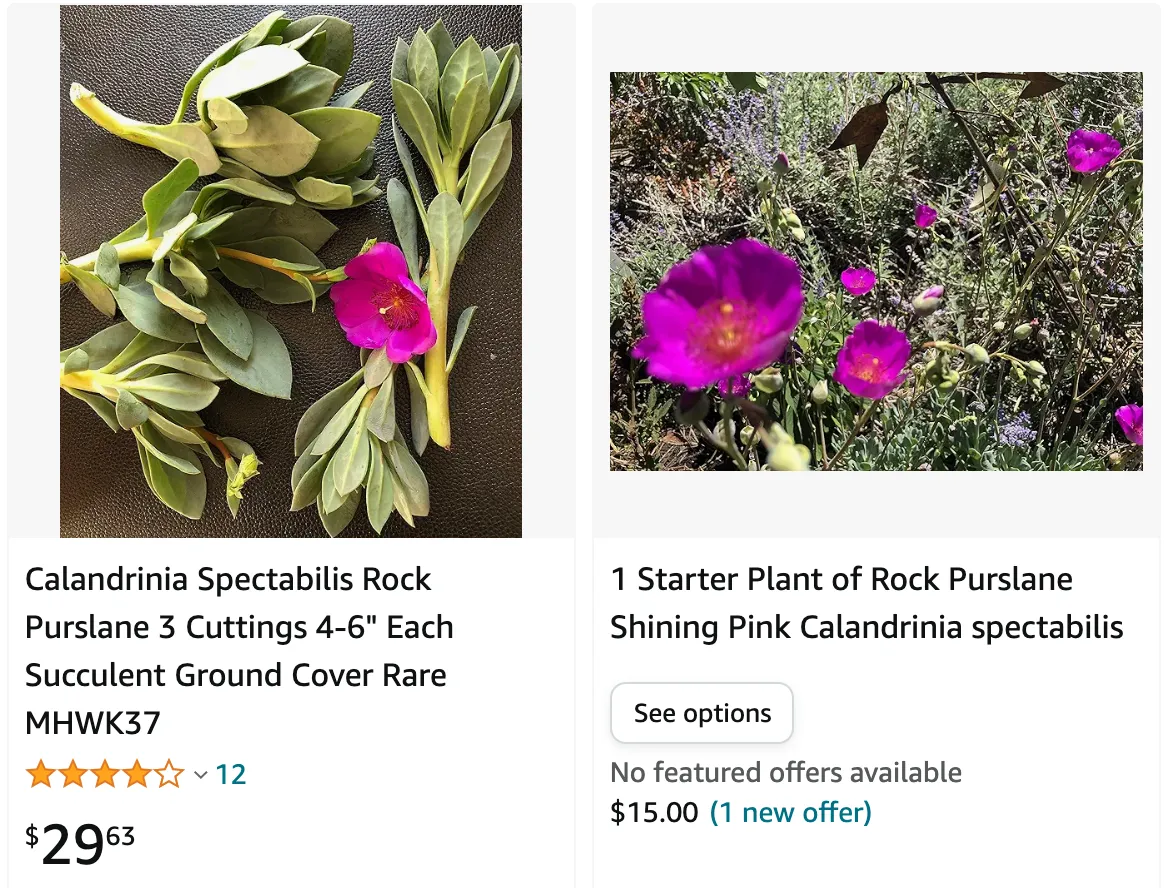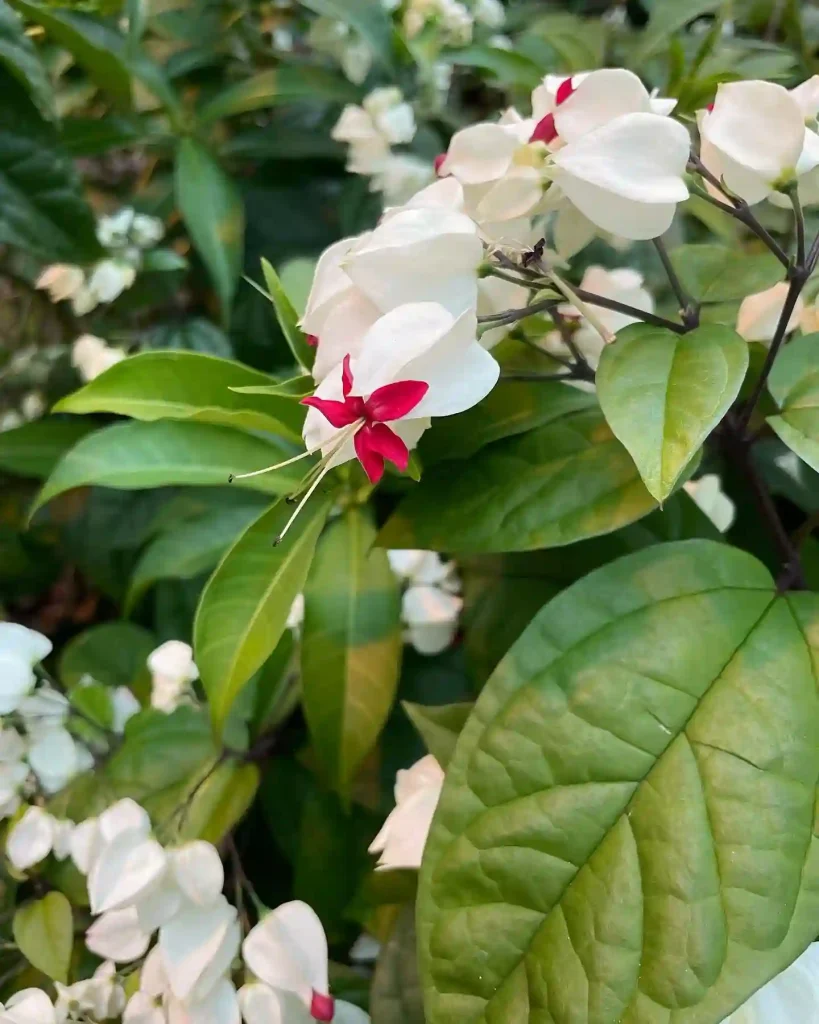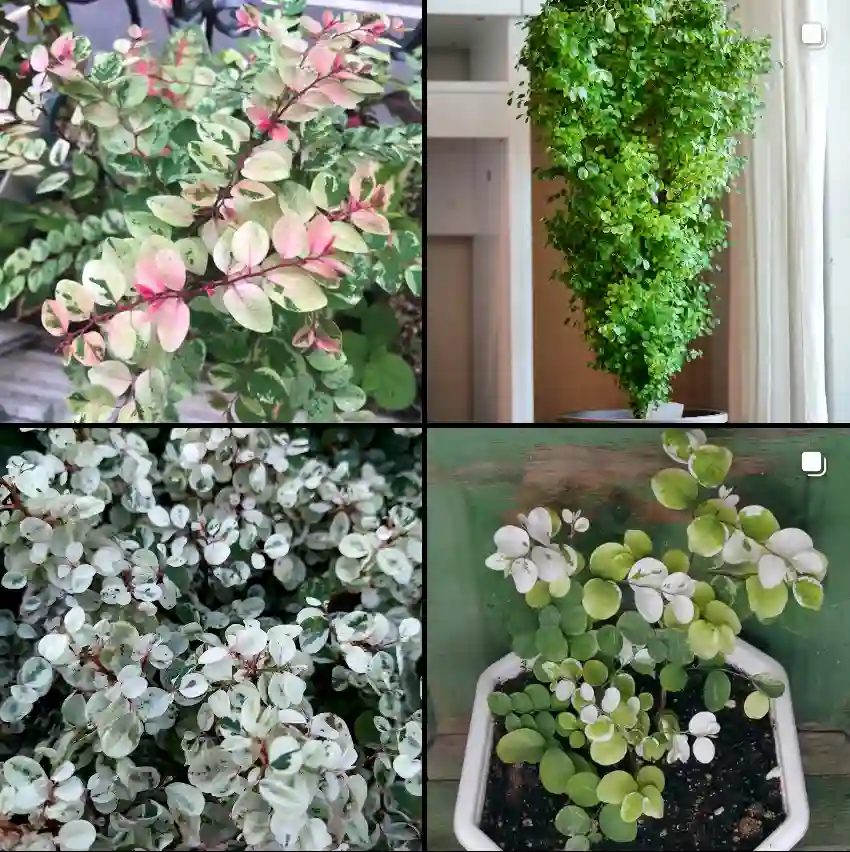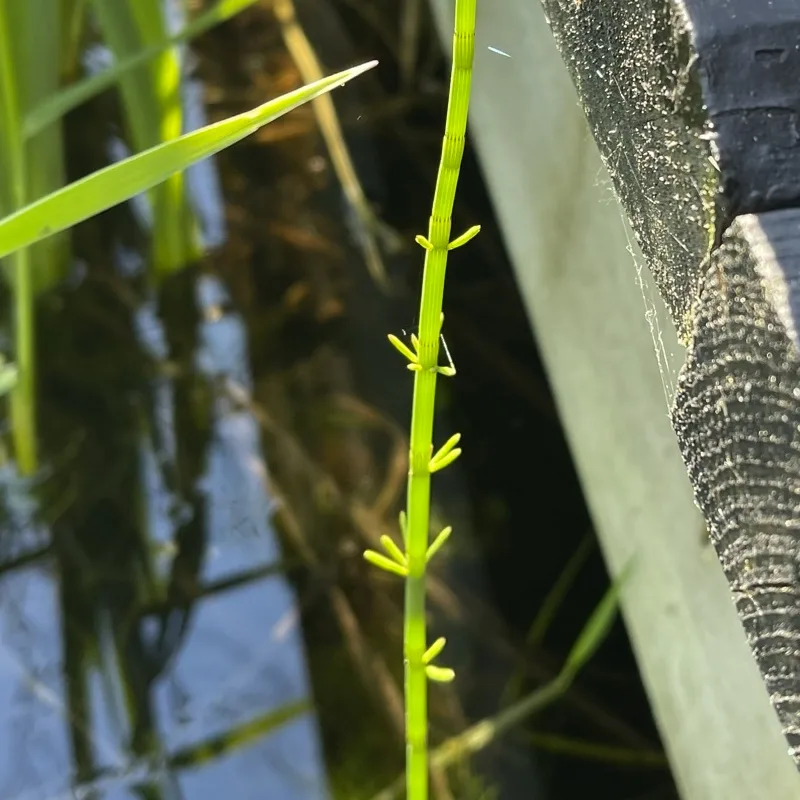
The Stunning Beauty of Calandrinia Spectabilis
Calandrinia Spectabilis, a synonym of Cistanthe Grandiflora, commonly known as Rock Purslane, is a standout in my garden. Its vibrant, magenta blooms and low-maintenance personality make it a treasure among my plant collection. Over the years, I’ve grown to appreciate its unique qualities and the striking aesthetic it brings to any space.
Why I Chose Calandrinia Spectabilis?
Initially, I was drawn to Calandrinia Spectabilis because of its vivid flowers. The magenta-purple blossoms stand out against its gray-green foliage, creating a striking contrast. It’s drought-tolerant—a feature I always value in a plant—and thrives in sunny areas where other plants might struggle.
In my garden, I wanted something bold yet easy to manage, and this plant checked all the boxes. I placed it in a spot where the sunlight accentuates its vibrant colors, and it quickly became a centerpiece.
How to care for Calandrinia spectabilis?
Here’s how to care for Calandrinia spectabilis, also known as Rock Purslane:
Light:
- Thrives in full sun or partial sun.
- In hot climates, provide some afternoon shade to prevent scorching.
Water:
- Prefers well-draining soil as it’s susceptible to root rot.
- Allow the soil to dry almost completely between waterings.
- Established plants in the ground generally need very little summer watering.
Soil:
- Plant in well-draining soil, ideally with a gritty or sandy mix.
- You can use a good quality potting mix for container planting and add some coarse sand for better drainage.
Temperature:
- Tolerates heat well.
- Can withstand some frost, but best to protect it in very cold climates.
Additional care tips:
- Deadheading: Not necessary, but you can remove spent flowers to encourage new blooms.
- Fertilizer: Not a heavy feeder. Occasional fertilization with a balanced fertilizer during the growing season is sufficient.
- Pests and Diseases: Generally pest and disease resistant.
Propagation:
Calandrinia spectabilis can be easily propagated from stem cuttings or seeds.
Here are some additional benefits of Calandrinia spectabilis:
- Low maintenance: Requires minimal care once established.
- Drought tolerant: Ideal for hot and dry climates.
- Attracts pollinators: The vibrant flowers attract bees and butterflies.
- Container friendly: Well-suited for pots and hanging baskets.
How to propagate Calandrinia spectabilis?
Propagating Calandrinia spectabilis has been a fun experiment for me. I’ve had success with both seeds and stem cuttings. When it comes to seeds, I make sure to collect them from mature plants and sow them in a seed-starting mix. For stem cuttings, I choose healthy stems and snip them just below a node. Then, I dip the cut end in rooting hormone and place it in a pot with moist soil. With a little patience and care, I’ve been able to expand my Calandrinia spectabilis family.
How to prune Calandrinia spectabilis?
Pruning Calandrinia spectabilis has become part of my regular gardening routine. I’ve found that trimming back spent blooms not only tidies up the plant but also encourages more flowering. I like to use clean, sharp scissors to remove any dead or yellowing leaves as well. It’s a simple task that keeps my Calandrinia spectabilis looking its best throughout the growing season.
How do you start cuttings of Calandrinia spectabilis?
Starting cuttings of Calandrinia spectabilis has been a rewarding process for me. I usually take stem cuttings from healthy, established plants during the spring or summer months. After snipping off a few inches of stem, I remove any lower leaves and dip the cut end in rooting hormone. Then, I plant the cutting in a pot filled with well-draining soil and keep it consistently moist until roots develop. It’s always exciting to watch new growth emerge from these cuttings and know that I’ve successfully propagated my favorite plant.
How to keep Calandrinia spectabilis blooming?
Keeping Calandrinia spectabilis blooming has been a bit of a learning curve for me. I’ve discovered that deadheading spent blooms regularly is key to prolonging the flowering period. Additionally, providing the plant with adequate sunlight and proper watering helps it stay healthy and vibrant. I’ve also fertilized occasionally during the growing season to give it an extra boost. With a little attention to detail, I’ve been able to enjoy continuous blooms from my Calandrinia spectabilis.
Is Calandrinia spectabilis poisonous to dogs?
As much as I love my Calandrinia spectabilis, I’ve had to be cautious about its potential toxicity to dogs. While I haven’t personally had any issues with my own pets, I’ve done some research and found that certain parts of the plant, if ingested, can be harmful to dogs. To be safe, I keep my furry friends away from the plant and make sure it’s placed in an area where they can’t access it. Being a responsible pet owner means taking precautions to keep them safe from any potential hazards in the garden.
Final Thoughts
Calandrinia Spectabilis has become one of my favorite garden companions. Its vibrant blooms, ease of care, and resilience make it a must-have for anyone looking to add a touch of boldness to their outdoor spaces.
If you’re seeking a plant that offers beauty and practicality, I wholeheartedly recommend Calandrinia Spectabilis. It’s been a joy to grow, and I look forward to many more seasons of its dazzling display.
If i die, water my plants!



